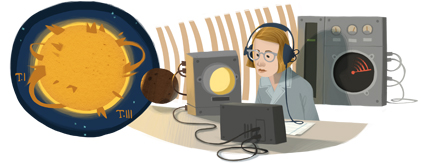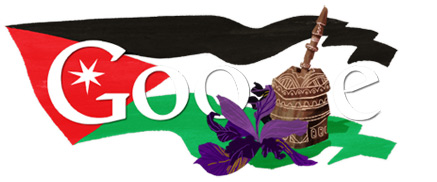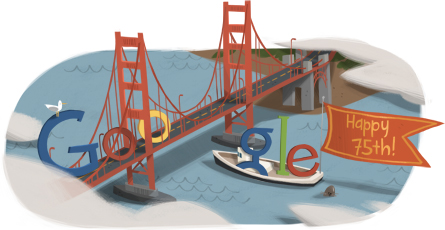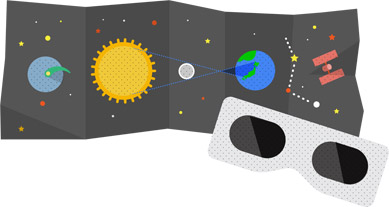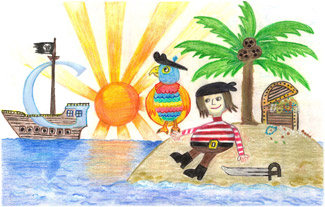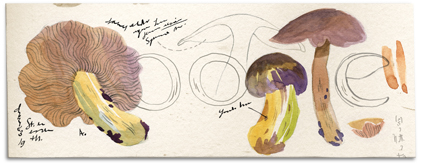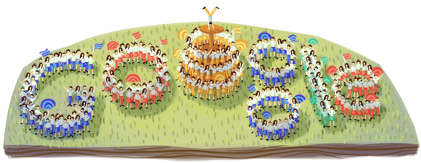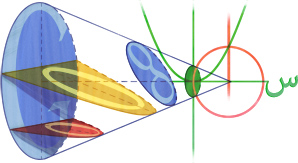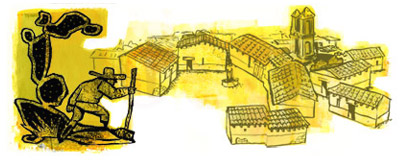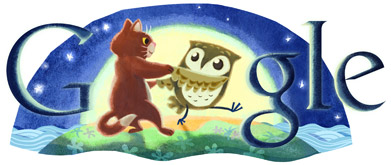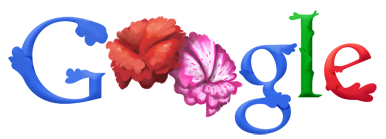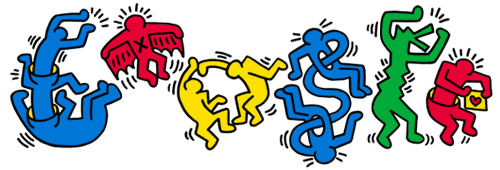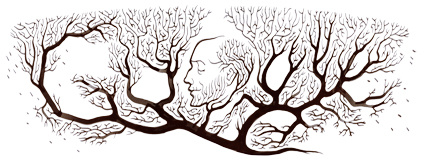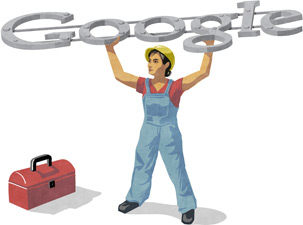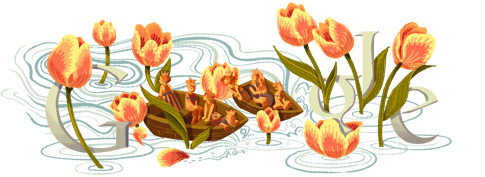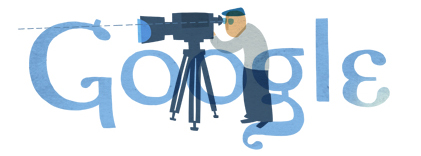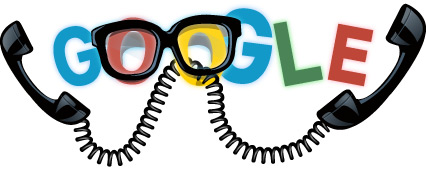Doodle: Peter Carl Fabergé 166th birthday 30 May 2012
Peter Carl Fabergé also known as Karl Gustavovich rajaFabergé in Russia (Russian: Карл Густавович Фаберже, May 30 [O.S. May 18] 1846 – September 24, 1920) was a Russian jeweller, best known for the famous Fabergé eggs, made in the style of genuine Easter eggs, but using precious metals and gemstones rather than more mundane materials.
Doodle: Robert Moog 78th Bday 23 May 2012
Robert Arthur "Bob" Moog (May 23, 1934 – August 21, 2005), founder of Moog Music, was an American pioneer of electronic music, best known as the inventor of the Moog synthesizer.
Bob Moog's innovative electronic design is employed in numerous synthesizers including the Minimoog Model D, Minimoog Voyager, Little Phatty, Moog Taurus Bass Pedals, Moog Minitaur, and the Moogerfooger line of effects pedals.
Doodle: Howard Carter's 138th Birthday 9 May, 2012
Howard Carter (9 May 1874 – 2 March 1939) was an English archaeologist andEgyptologist known for having a primary role in the discovery of the tomb of 14th-century BC pharaoh Tutankhamun.
Read more
Read more
Doodle: Keith Haring's 54th Birthday May 4, 2012
In the early 1980s, as a native Manhattanite raised by and among artists, I was aware of Keith Haring and his work, but my 1984 job interview would be the first time we would meet. After some awkward small talk, we quickly realized that we had many friends and social activities in common. At that age (we were both just 25), such things meant a great deal. He hired me as his personal assistant and studio manager, and I worked alongside him until his premature death from AIDS-related illnesses in 1990. We shared many interests, worked well together, and established a deep, reciprocal trust. When he became ill and decided to create the Keith Haring Foundation, I was honored to accept his offer to be its executive director. I have now held that position for 23 years, and my responsibility and privilege is to promote and manage a legacy: respecting past connections and relationships, cultivating and nurturing new ones, staying true to Keith's artistic and philanthropic goals, and doing whatever is needed to ensure his place in history.
Keith tapped into the collective unconscious and expanded upon a universal language of symbols and messages – executed in simple lines, energized by the spirit (and for a time, context) of graffiti and fueled by his intense commitment to make his work as accessible as possible. Although he first came to the public’s attention through his chalk drawings in the New York City subway stations, he utilized the same graphically compelling visual vocabulary in thousands of works on paper, canvas, limited edition prints and multiples, sculpture, public murals and, eventually, merchandise – avenues of dissemination that to him were all of equal importance. This ambitious, populist spirit and prolific output brought his work to the widest audience imaginable.
Curious and cautious about the role technology was beginning to play in our society, Keith often included
images of computers in his work. He was both excited by and nervous about the impact of the personal computer on our daily lives. Using his art to convey these and other social concerns was at the root of his ever-increasing popularity. Over the past 30 years, images he created that speak about racism, drug addiction, AIDS and tolerance have become iconic.
Keith once expressed his fantasy that in the future, his images might be "beamed" around the world in seconds. That future is now, and I firmly believe that for Keith, the Internet would have been a realization of that excitement and cautious curiosity. That the world’s largest search engine is honoring Keith's birthday is nevertheless a perfect, 21st century, tribute to his art and ambitions. As Keith himself said in 1984, "Art lives through the imaginations of the people who are seeing it. Without that contact, there is no art. I have made myself a role as an image-maker of the twentieth century and I daily try to understand the responsibilities and implications of that position. It has become increasingly clear to me that art is not an elitist activity reserved for the appreciation of a few, but for everyone, and that is the end toward which I will continue to work."
Keith tapped into the collective unconscious and expanded upon a universal language of symbols and messages – executed in simple lines, energized by the spirit (and for a time, context) of graffiti and fueled by his intense commitment to make his work as accessible as possible. Although he first came to the public’s attention through his chalk drawings in the New York City subway stations, he utilized the same graphically compelling visual vocabulary in thousands of works on paper, canvas, limited edition prints and multiples, sculpture, public murals and, eventually, merchandise – avenues of dissemination that to him were all of equal importance. This ambitious, populist spirit and prolific output brought his work to the widest audience imaginable.
Curious and cautious about the role technology was beginning to play in our society, Keith often included
Keith once expressed his fantasy that in the future, his images might be "beamed" around the world in seconds. That future is now, and I firmly believe that for Keith, the Internet would have been a realization of that excitement and cautious curiosity. That the world’s largest search engine is honoring Keith's birthday is nevertheless a perfect, 21st century, tribute to his art and ambitions. As Keith himself said in 1984, "Art lives through the imaginations of the people who are seeing it. Without that contact, there is no art. I have made myself a role as an image-maker of the twentieth century and I daily try to understand the responsibilities and implications of that position. It has become increasingly clear to me that art is not an elitist activity reserved for the appreciation of a few, but for everyone, and that is the end toward which I will continue to work."
Julia Gruen, Executive Direct of the Keith Haring Foundation
Doodle: Worker's Day/Labor Day May 1, 2012
Labor Day is a United States federal holiday observed on the first Monday in September (September 3, it was proposed in 2012) that celebrates the economic and social contributions of workers.
The form for the celebration of Labor Day was outlined in the first proposal of the holiday: A street parade to exhibit to the public "the strength and esprit de corps of the trade and labor organizations", followed by a festival for the workers and their families. This became the pattern for Labor Day celebrations. Speeches by prominent men and women were introduced later, as more emphasis was placed upon the civil significance of the holiday. Still later, by a resolution of the American Federation of Labor convention of 1909, the Sunday preceding Labor Day was adopted as Labor Sunday and dedicated to the spiritual and educational aspects of the labor movement.
The holiday is often regarded as a day of rest and parties. Speeches or political demonstrations are more low-key than May 1 Labor Day celebrations in most countries, although events held by labor organizations often feature political themes and appearances by candidates for office, especially in election years. Forms of celebration include picnics, barbecues, fireworks displays, water sports, and public art events. Families with school-age children take it as the last chance to travel before the end of summer recess. Similarly, some teenagers and young adults view it as the last weekend for parties before returning to school, although school starting times now vary.
Subscribe to:
Comments (Atom)


